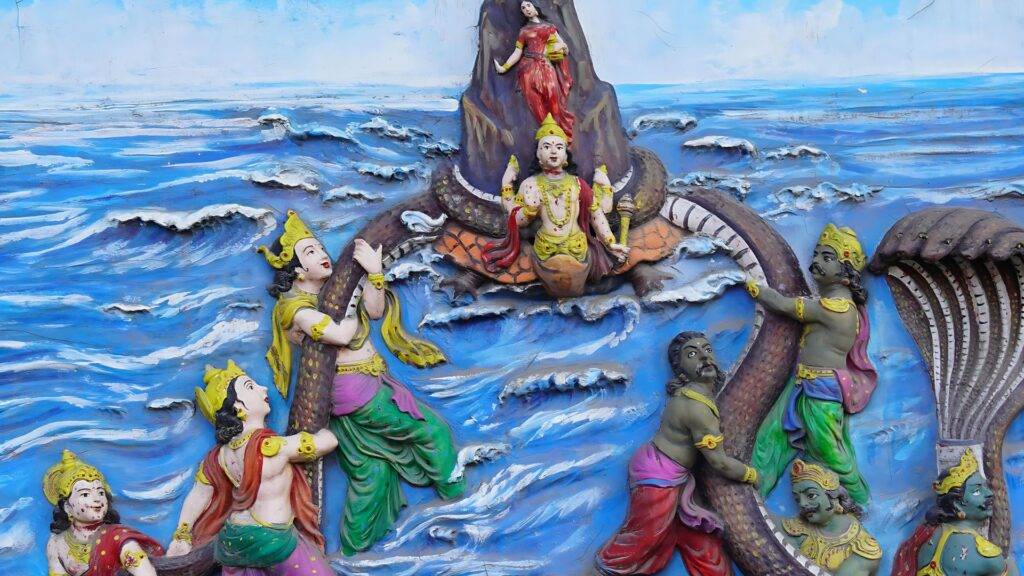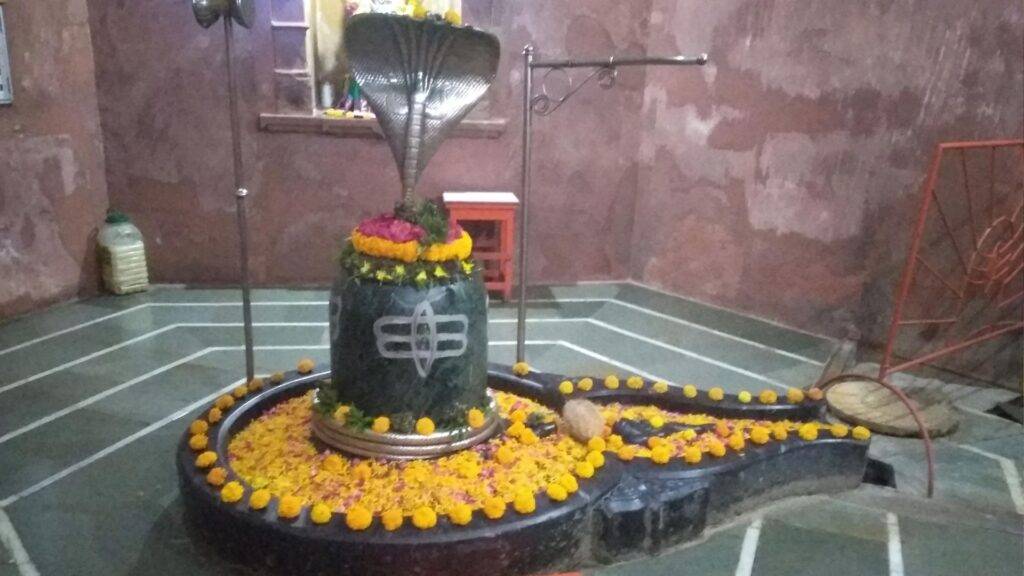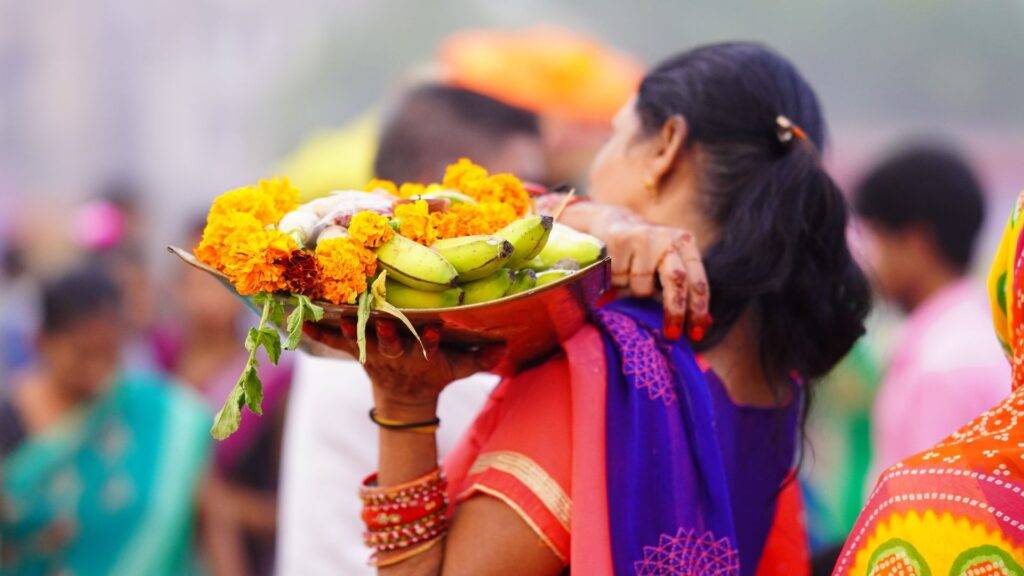
Sawan, also known as Shravan, is one of the most revered months in the Hindu calendar. This sacred month is dedicated to Lord Shiva and holds immense religious and cultural significance. But how did the tradition of celebrating Sawan begin, and why is it observed with such devotion? In this blog, we will delve into the origins, history, and reasons behind the celebration of Sawan, exploring its rituals and significance in the Hindu tradition.
The Origins of Sawan
Historical and Mythological Background

The month of Sawan finds its roots deeply embedded in Hindu mythology and ancient traditions. The name “Shravan” is derived from the Shravan Nakshatra (a constellation), which is prominent during this period. According to Hindu mythology, several significant events are associated with this month:
- Samudra Manthan (Churning of the Ocean):
One of the most popular legends associated with Sawan is the Samudra Manthan. According to this myth, the gods (Devas) and demons (Asuras) collaborated to churn the cosmic ocean (Ksheer Sagar) to obtain Amrita (the nectar of immortality). During this churning, a deadly poison called Halahala emerged, threatening to destroy the universe. Lord Shiva, in his immense compassion, consumed the poison to save the world, holding it in his throat, which turned blue as a result. This is why Lord Shiva is also known as Neelkanth (the blue-throated one). The act of consuming the poison is believed to have occurred during the month of Sawan, making it a time to honor and worship Lord Shiva. - Daksha Yajna and Sati’s Sacrifice:
Another significant event linked to Sawan is the story of Daksha Yajna. Daksha, one of the Prajapatis, organized a grand yajna (sacrificial ceremony) but did not invite his daughter Sati and her husband, Lord Shiva. Feeling humiliated, Sati immolated herself in the fire of the yajna. Lord Shiva, in his grief and anger, performed the Tandava (a fierce dance) and destroyed the yajna. This event is believed to have taken place during the month of Sawan, highlighting the deep connection between this month and the reverence for Lord Shiva.
Astronomical and Seasonal Factors
Sawan corresponds to the fifth month of the Hindu lunar calendar and typically falls between July and August. This period is marked by the monsoon season in India, bringing much-needed rain and rejuvenation to the land. The refreshing showers and lush greenery create a serene and spiritually conducive environment, making it an ideal time for religious observances and rituals.
Why Sawan is Celebrated
Devotion to Lord Shiva


The primary reason for celebrating Sawan is the devotion to Lord Shiva. Devotees believe that worshipping Lord Shiva during this month brings his blessings, protection, and fulfillment of wishes. The entire month is considered auspicious for performing various rituals, fasts, and prayers dedicated to Lord Shiva.
Spiritual Cleansing and Renewal

Sawan is seen as a time for spiritual cleansing and renewal. The monsoon rains wash away the impurities of the earth, symbolizing the purification of the soul. Devotees use this time to reflect on their lives, seek forgiveness for their sins, and renew their commitment to a righteous and virtuous life.
Rituals and Practices

- Sawan Somvar Vrat (Monday Fasting):
Mondays in Sawan, known as Sawan Somvar, are particularly significant. Devotees observe fasts on these days, abstaining from food or consuming only simple, sattvic food. They visit Shiva temples, offer Bilva leaves, milk, and water to the Shiva Lingam, and chant mantras like “Om Namah Shivaya.” - Kavadi Yatra:
In many parts of India, especially in the northern states, devotees undertake the Kavadi Yatra. They carry pots of holy water from sacred rivers like the Ganges and walk long distances to offer this water to Shiva temples. The journey is a form of penance and devotion. - Rudra Abhishek:
Performing Rudra Abhishek, a special ritual involving the anointment of the Shiva Lingam with various offerings like milk, honey, yogurt, and ghee, is considered highly auspicious. This ritual is believed to invoke the blessings of Lord Shiva and bring prosperity and happiness.
Cultural and Social Significance

Apart from its religious importance, Sawan also has cultural and social significance. The month is marked by various festivals and celebrations, bringing communities together in joyous observance. Traditional songs, dances, and folk performances are common during this time, reflecting the rich cultural heritage of India.
Conclusion
The celebration of Sawan is a beautiful blend of devotion, mythology, and cultural traditions. Rooted in ancient legends and seasonal changes, this sacred month offers devotees a time for spiritual reflection, purification, and renewal. By understanding the origins and significance of Sawan, we can appreciate the depth of this observance and the enduring devotion to Lord Shiva that it represents. As the rains of Sawan bring new life to the earth, may the blessings of Lord Shiva bring peace, prosperity, and spiritual growth to all.